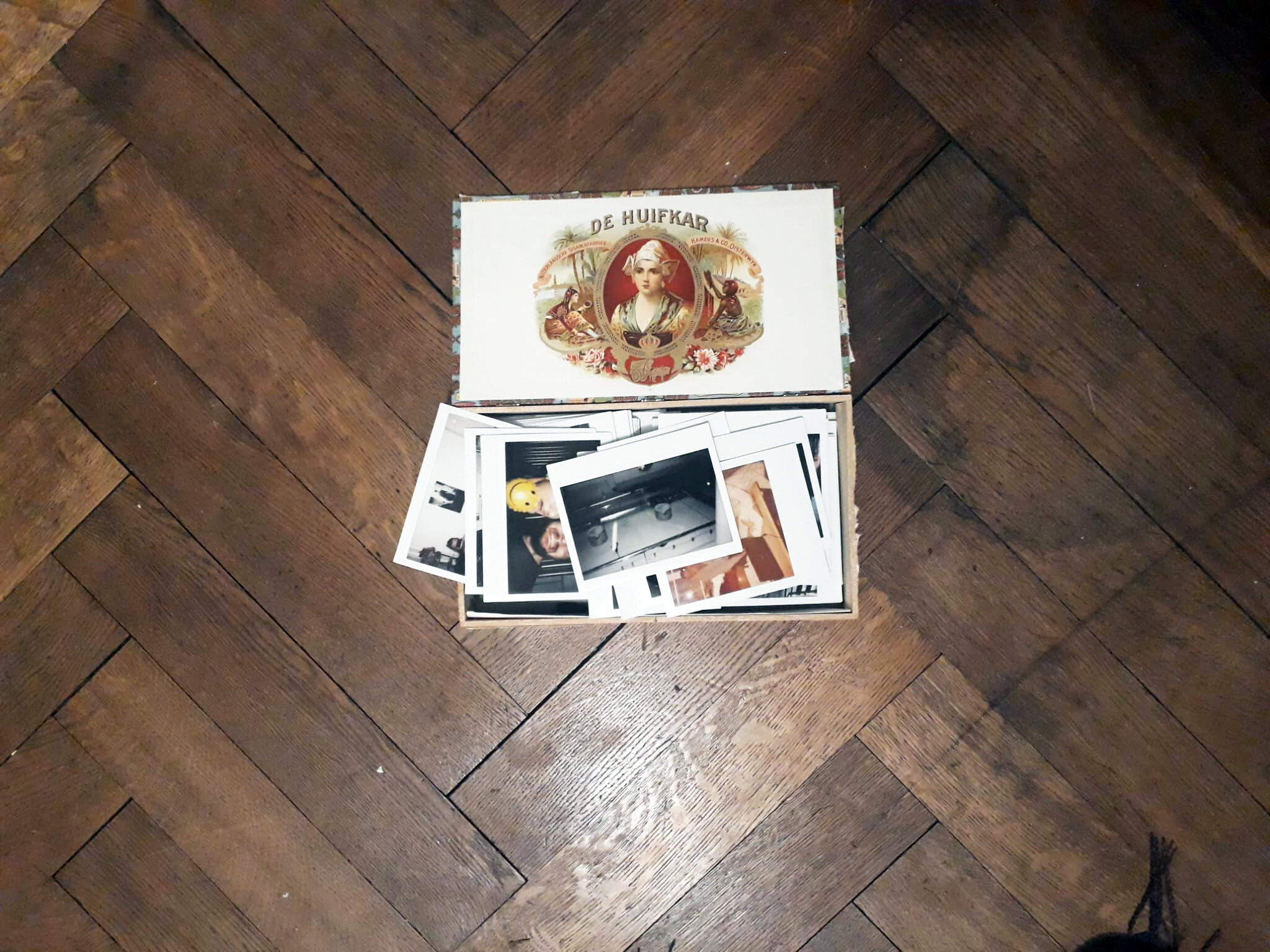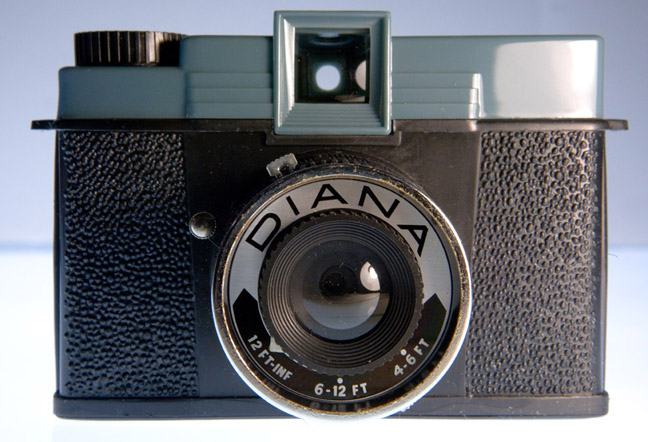
Polaroid
The instant camera is a type of camera which uses self-developing film to create a chemically developed print shortly after taking the picture. Polaroid Corporation pioneered (and patented) consumer-friendly instant cameras and film, and were followed by various other manufacturers.
Due to the way that instant film develops, several techniques to modify or distort the final image exist, which were utilized by many artists. The 3 main techniques used are SX-70 manipulation, emulsion lift, and Image transfer. SX-70 manipulation is used with SX-70 Time Zero film and it allows the photographer to draw on or distort an image by applying pressure to it while it’s developing. With an emulsion lift, it is possible to separate the image from the medium it developed on, and transfer it to a different one. Image transfers are used with peel-apart film, like packfilm, to develop the instant image into a different material by peeling the picture too early and adhering the negative onto the desired material. Polaroid encouraged the use of these techniques by producing videos about them.[20][21][22]
The artist Lucas Samaras, for example, was among the first to modify the images taken with the Polaroid SX-70 through the “Polaroid transfer“. Thus, he developed the series “autoentrevistas”, a set of self-portraits in which he takes the place of a model in different circumstances.
John Reuter, the director of the Polaroid 20×24 camera studio, for years experimented with snapshot transfers.
Andy Warhol also made use of instant cameras. Warhol began taking snapshots to use as sketches of his popular lithographs. In spite of this, their peculiar vision and the passage of time have turned these Polaroids into famous and interesting photographs from an artistic point of view. In addition, they are also part of pop art or pop culture.[23]
Lomography
Within the field of photography, a toy camera is a simple, inexpensive film camera.
Despite the name, they are in fact always fully functional and capable of taking photographs, though with optical aberrations due to the limitations of the simple lenses. From the 1990s onward, there has been interest in the artistic use of such cameras, both those designed for children such as the Diana, and others originally intended as mass-market consumer cameras, such as the Lomo LC-A, Lubitel, and Holga.
Many professional photographers have used toy cameras and exploited the vignetting, blur, light leaks, and other distortions of their inexpensive lenses for artistic effect to take award-winning pictures.[1] Toy camera photography has been widely exhibited at many popular art shows, such as the annual “Krappy Kamera” show at the Soho Photo Gallery in the Tribeca neighborhood of New York City. Various publications such as Popular Photography magazine have extolled the virtues of the Diana camera in its own right as an “art” producing image maker. Several books have also featured the work of toy cameras, such as The Friends of Photography’s The Diana Show, Iowa by Nancy Rexroth, and Angels at the Arno by Eric Lindbloom.

By Jim Newberry, Link

By, Link

By : Link

By :Link
